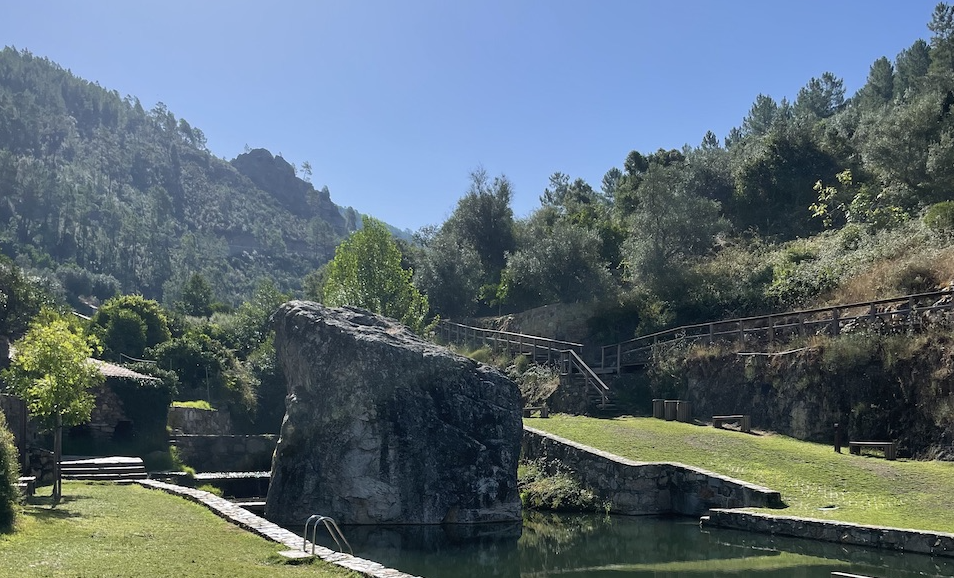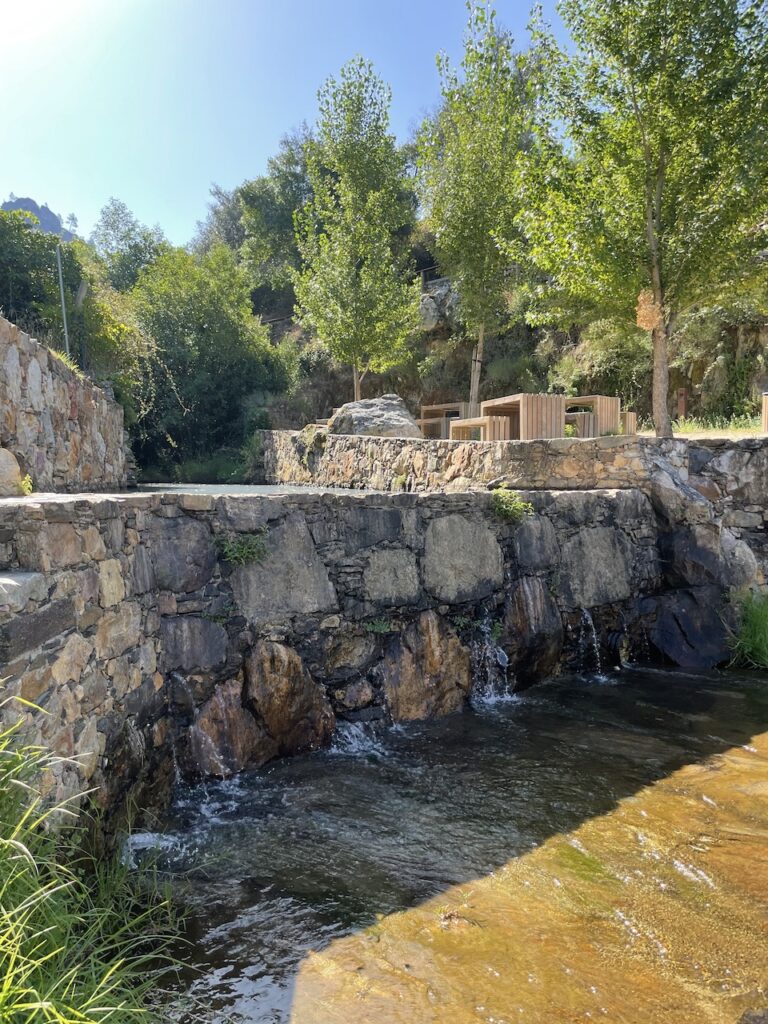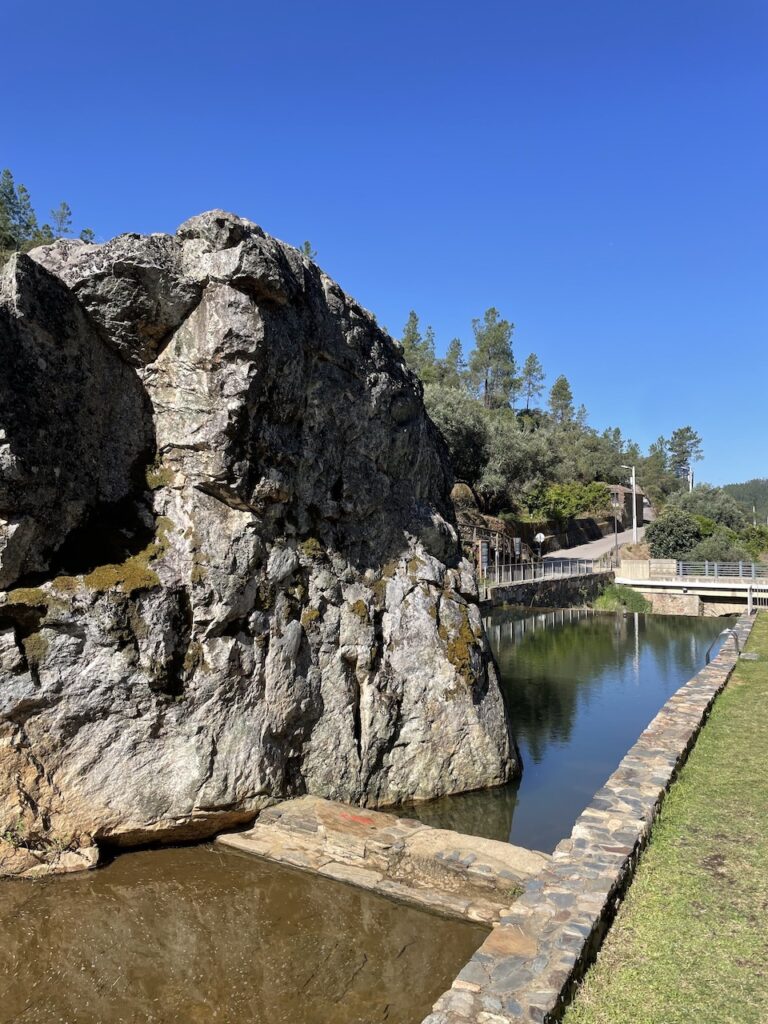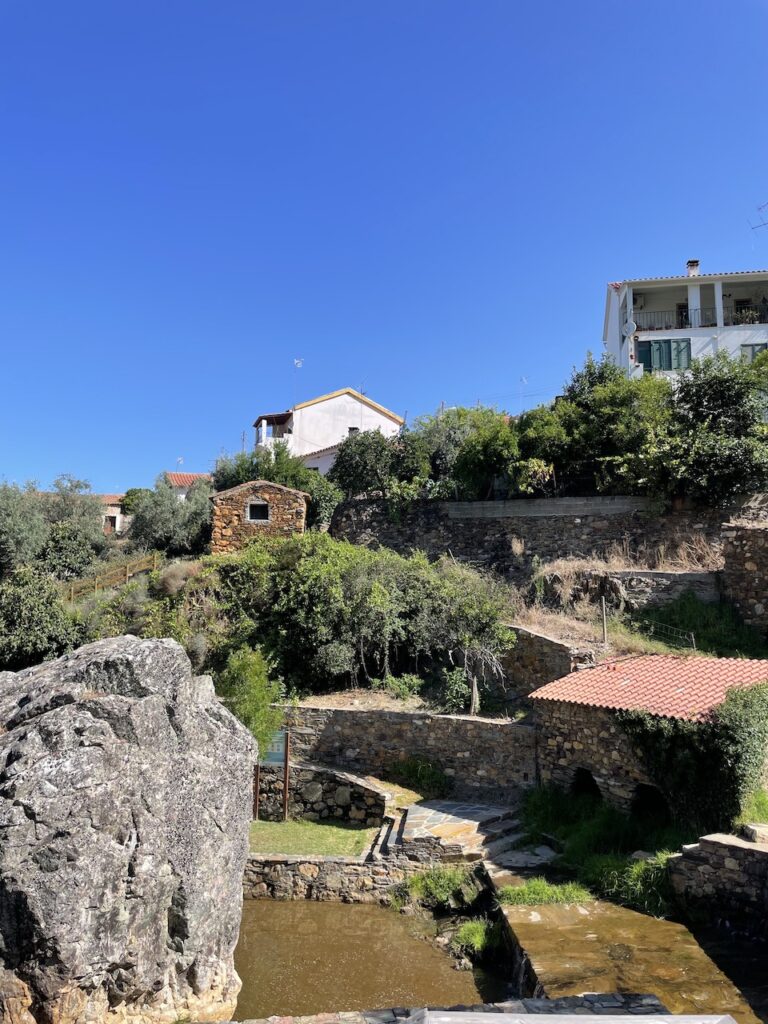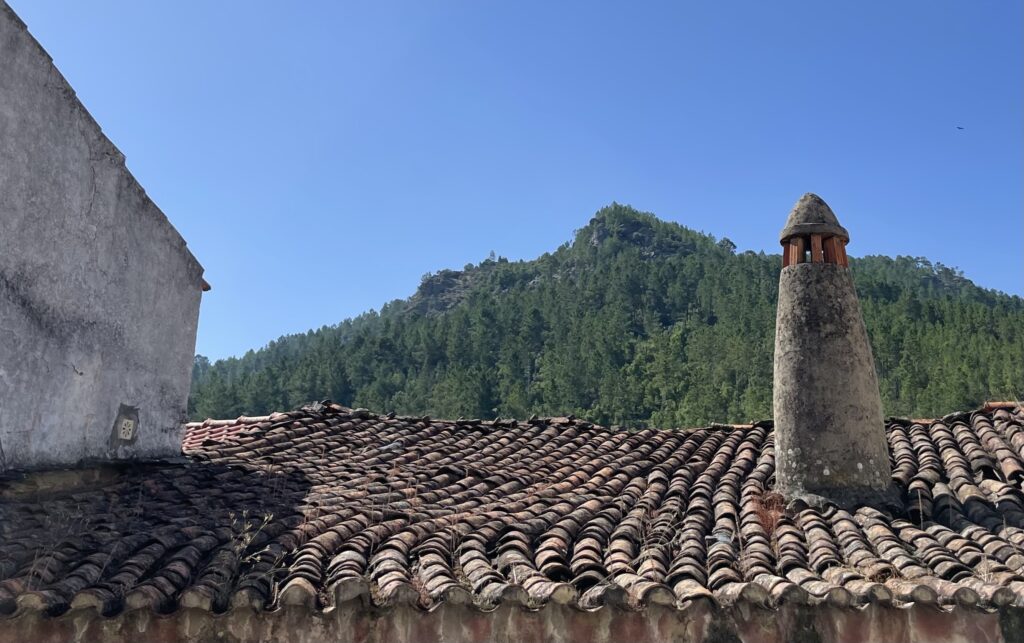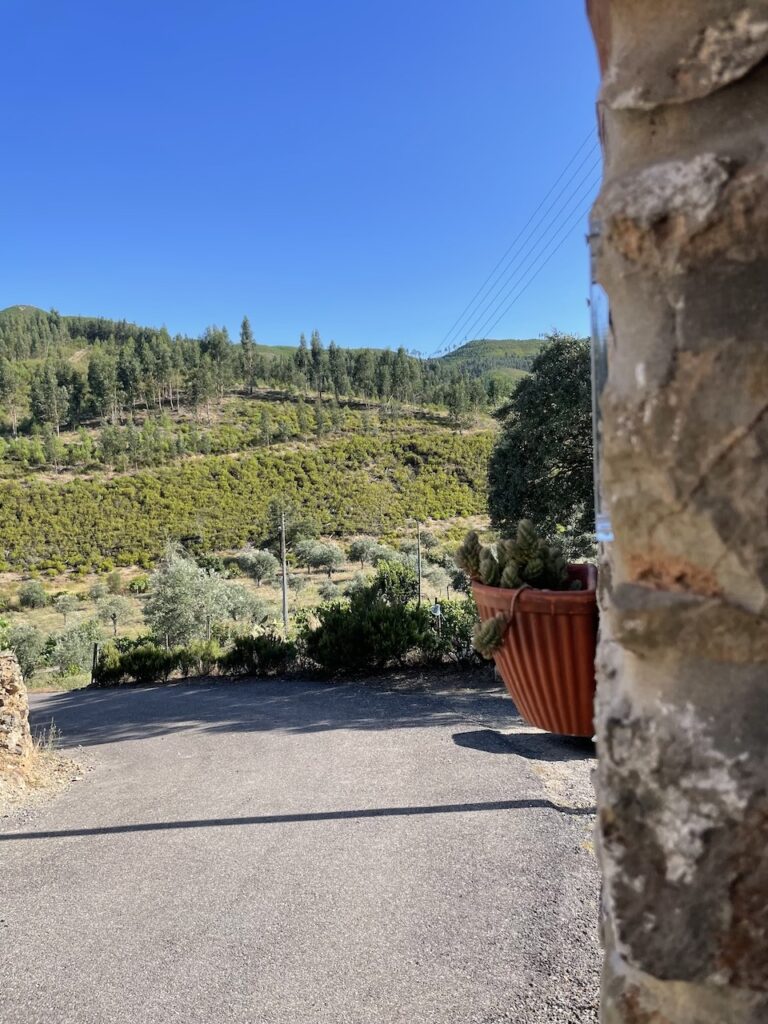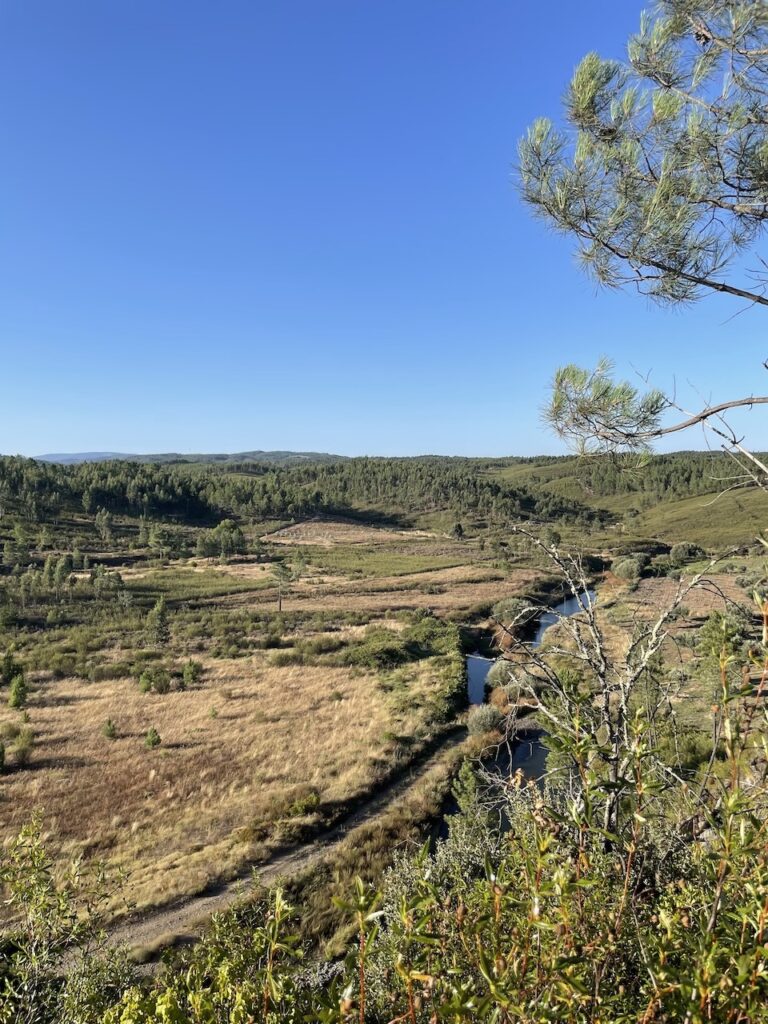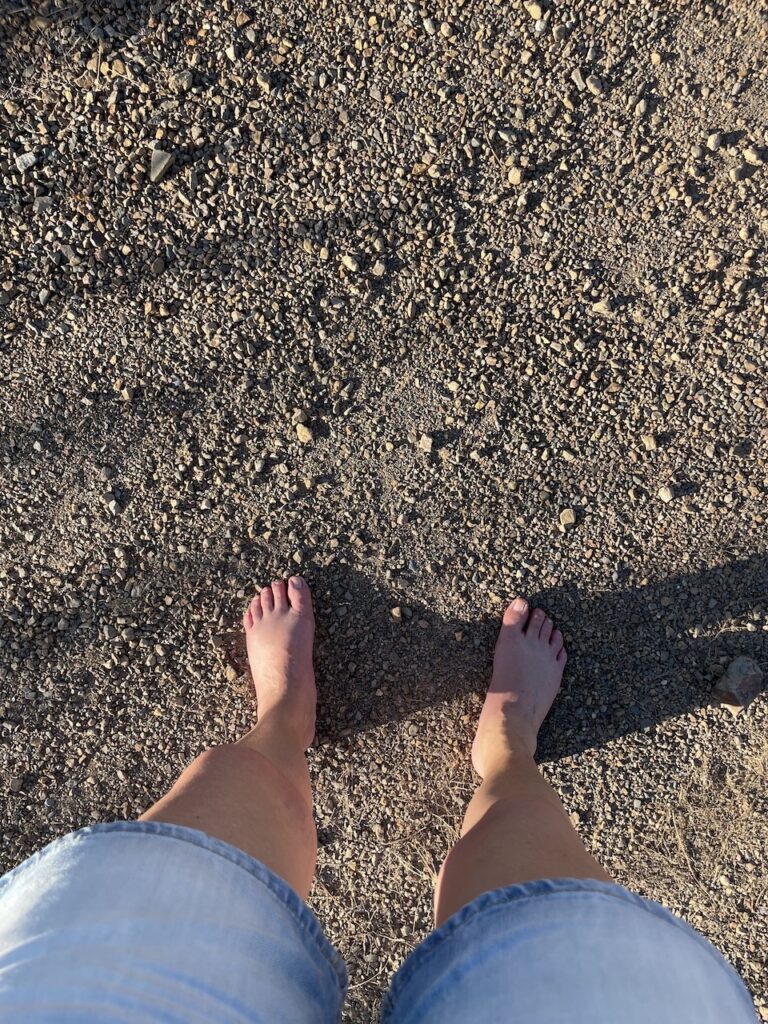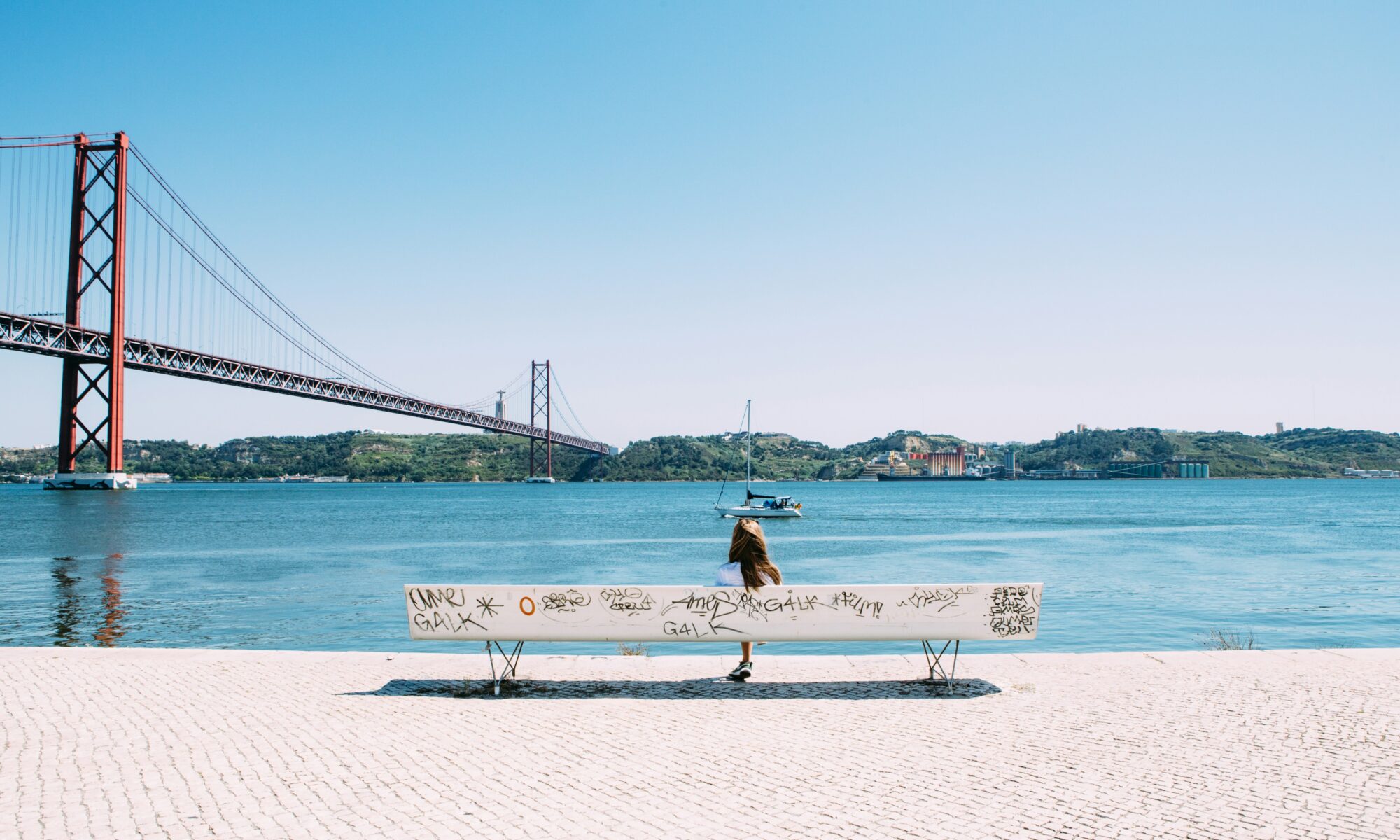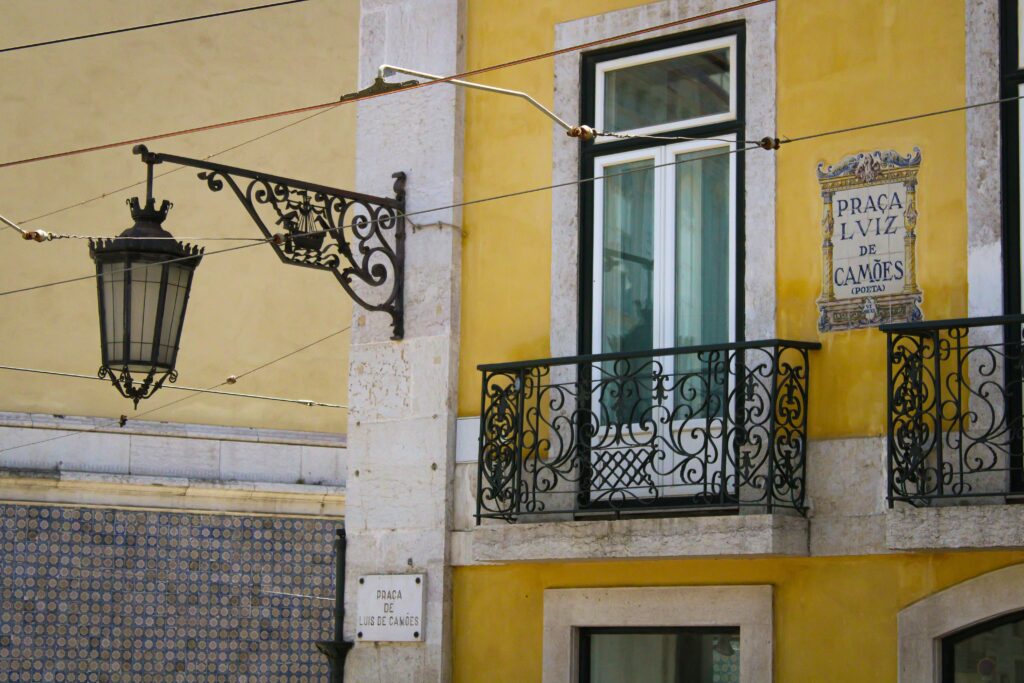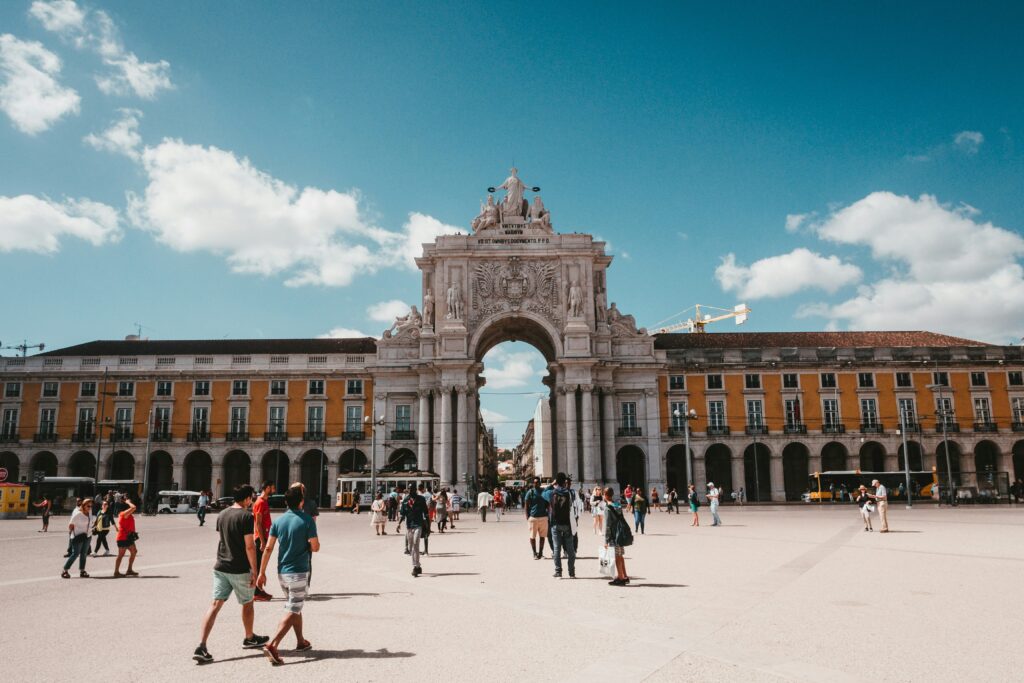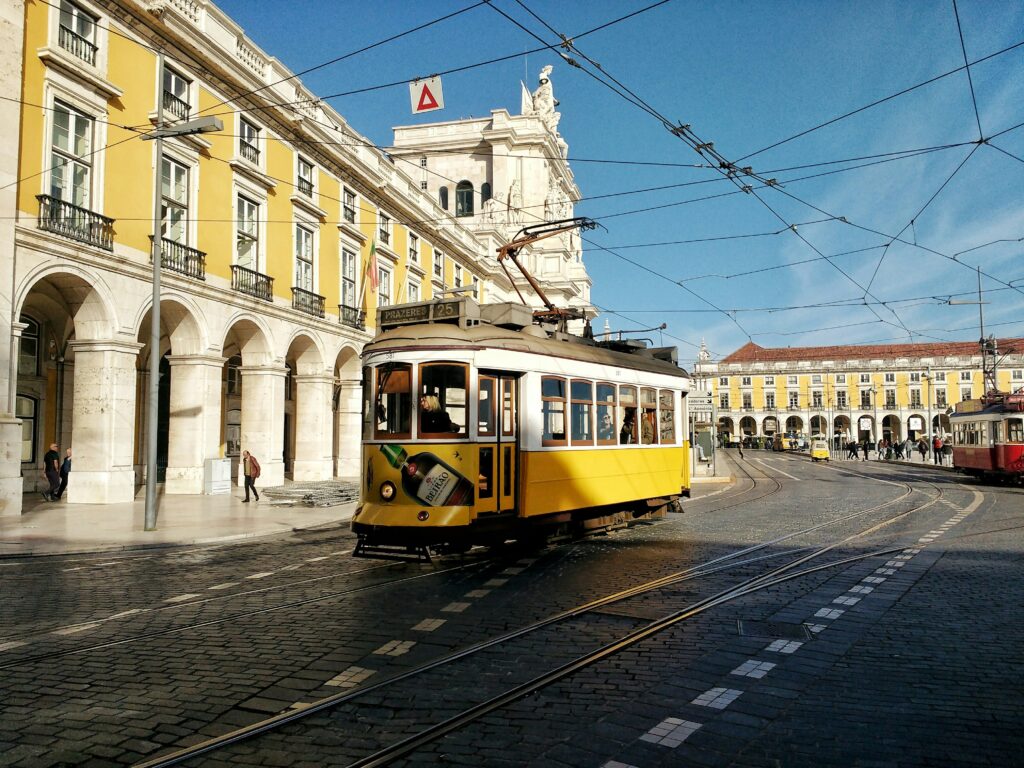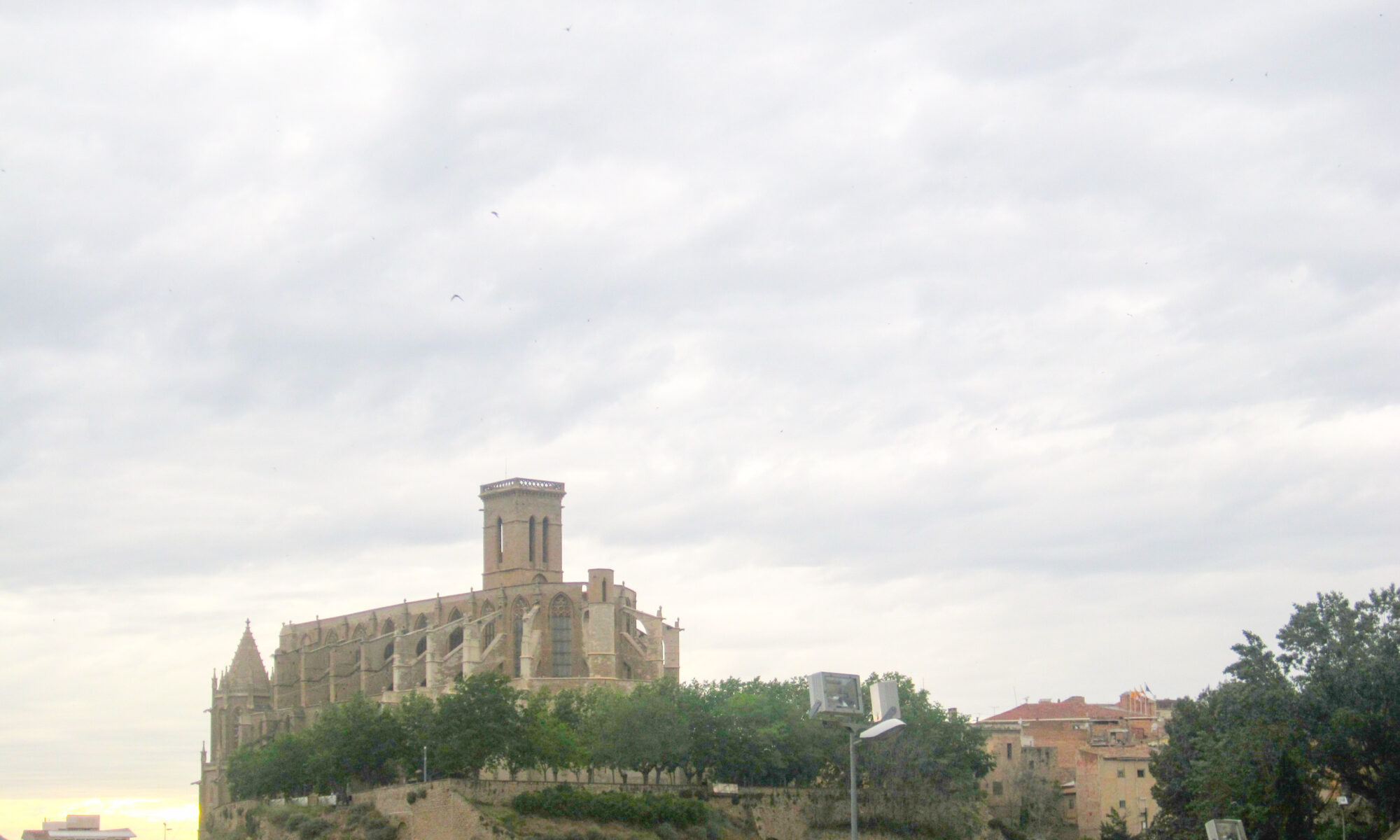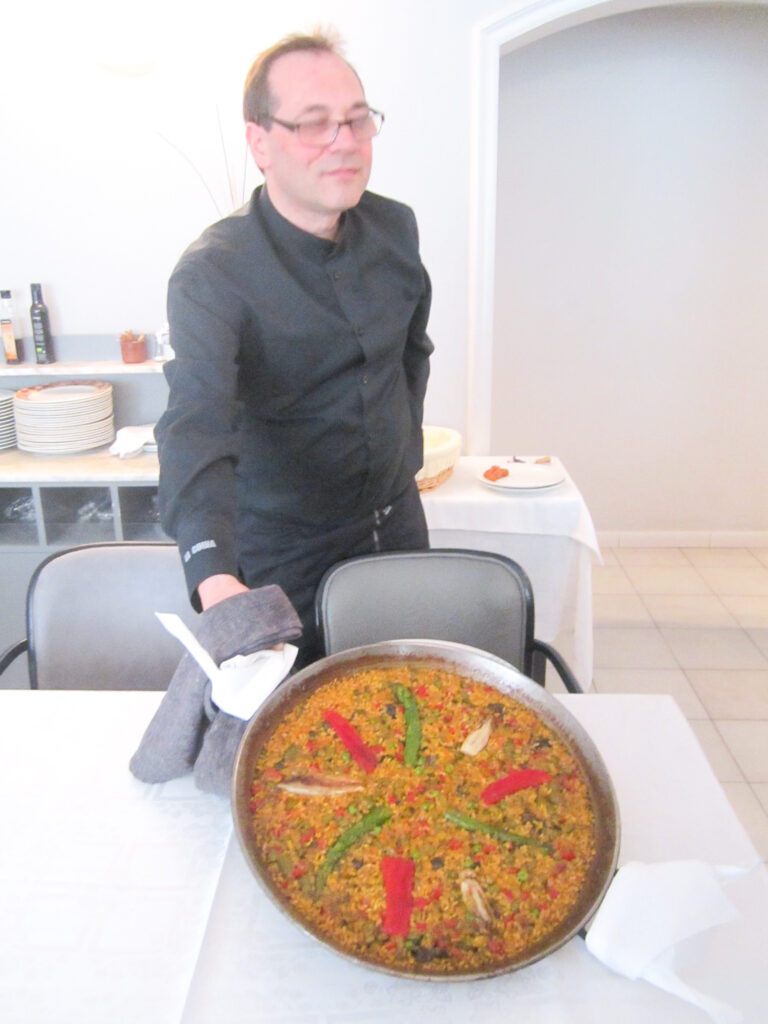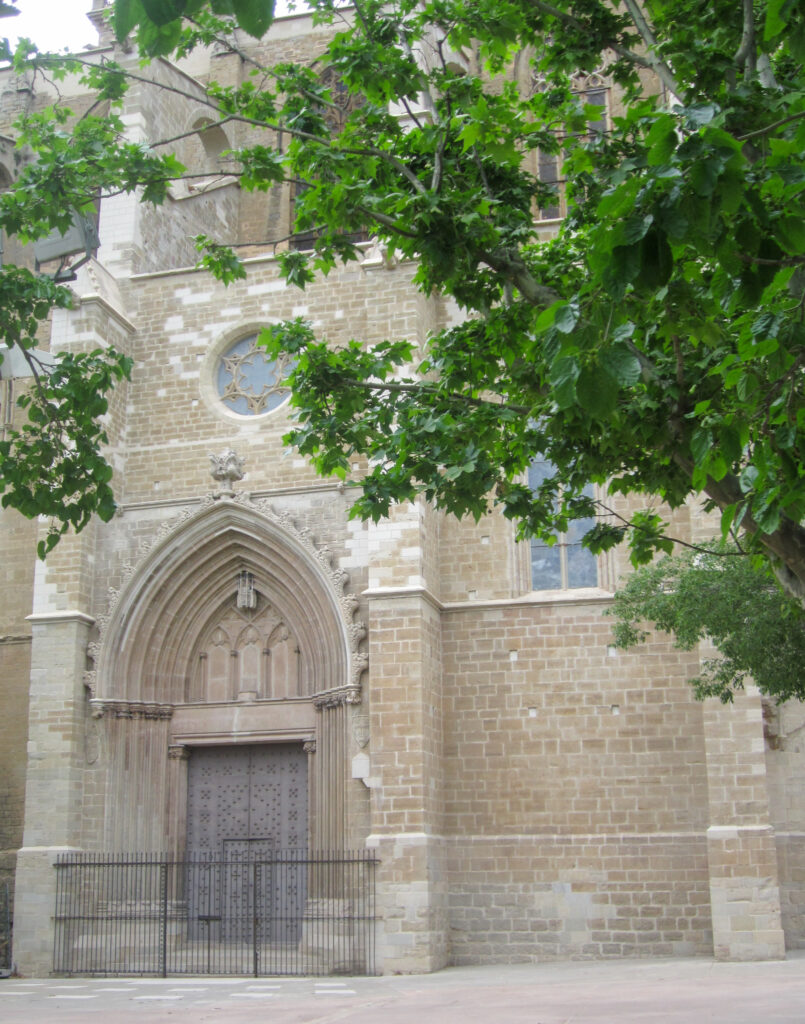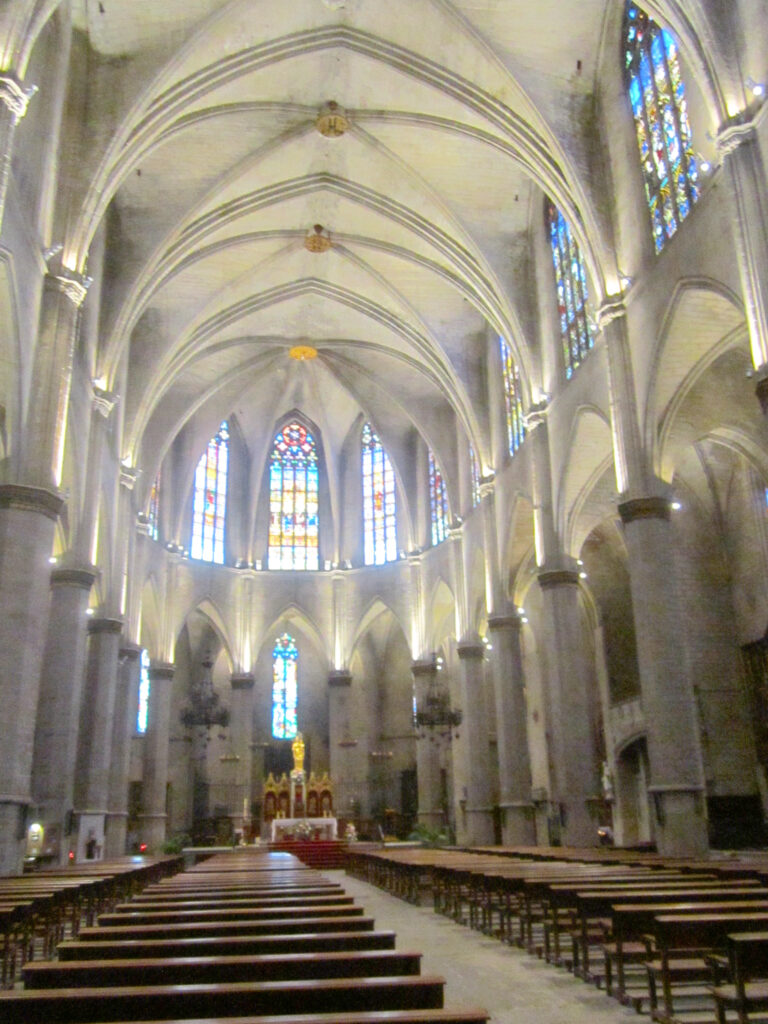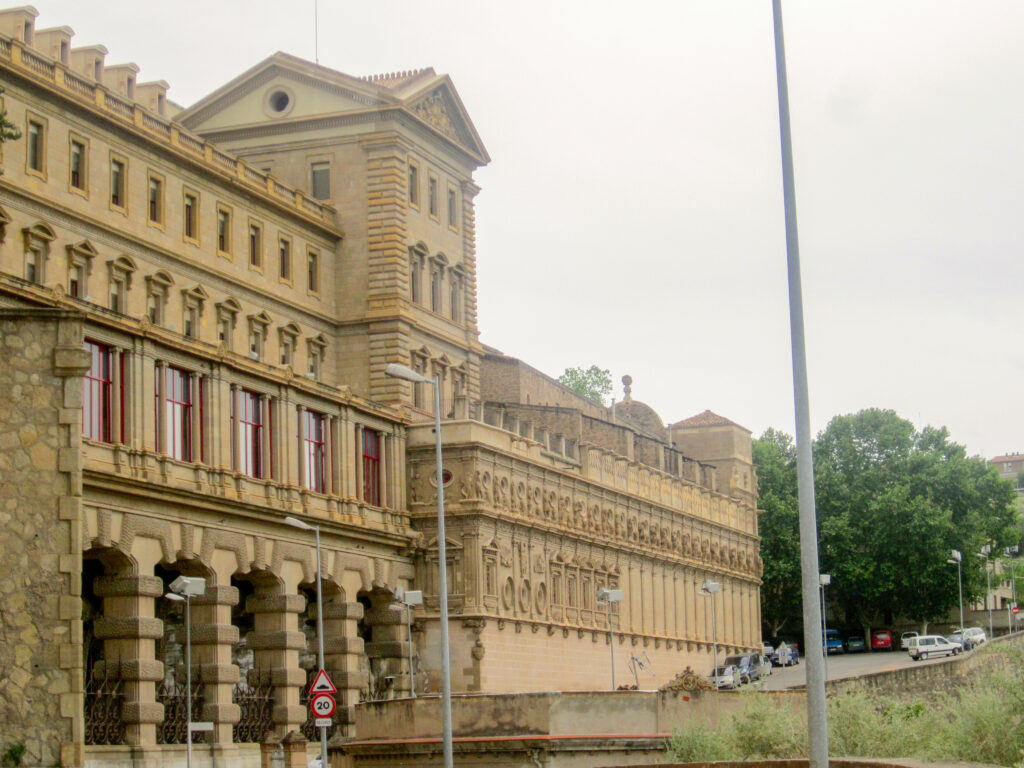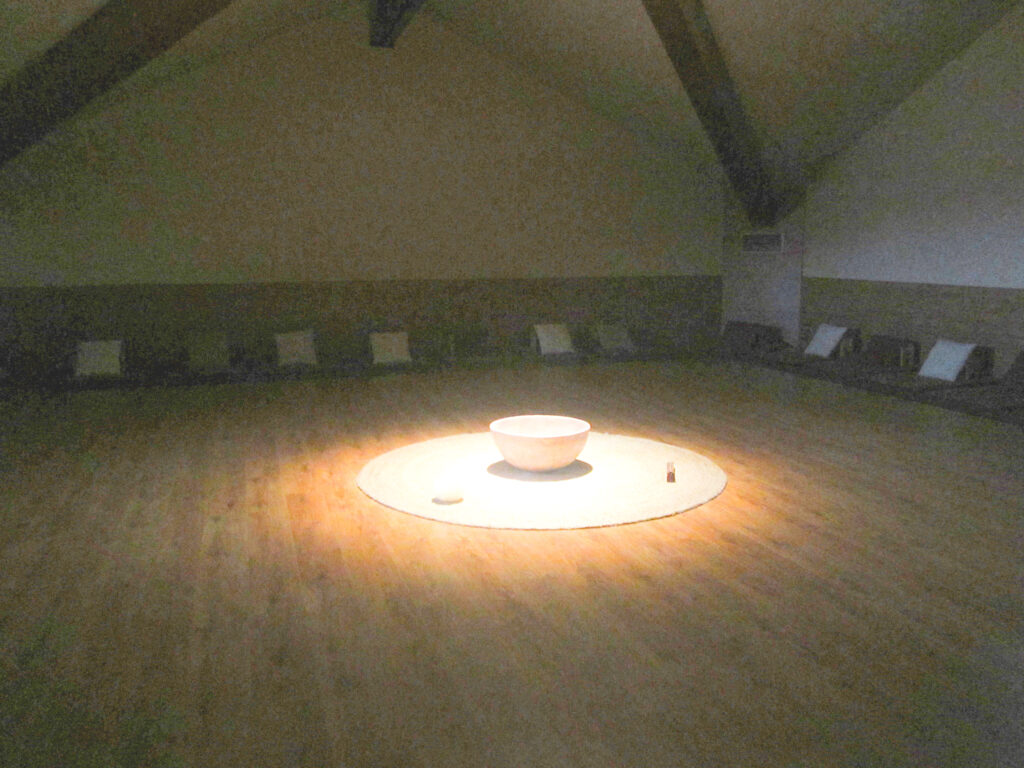Could the Origin of Life on Earth Be Found in the Thermal Waters of a Small, Forgotten Village in the Alentejo?
In 2012, the Portuguese press raised this question and placed the slow-paced life of the village of Cabeço de Vide in the spotlight. All of this motivated by a visit from NASA scientists who, after reviewing the published results of an analysis of the properties of the spring water from Ermida, decided to further study the research done by the Instituto Superior Técnico.
At the time, the excitement was great. The waters, known for their therapeutic properties for about 4,000 years and until then used by a relatively small number of people, could hold the key to explaining the emergence of life on Earth. Apparently, a geological and hydrogeological system so rare was identified in these waters that, besides Cabeço de Vide and a remote location in the USA, it only exists on Mars.
My Roots
For the inhabitants of the small parish, accustomed to the region’s legends and miracles, the news did not cause much surprise. For me, who had known Cabeço de Vide since my childhood, as a place where I had spent many magical days playing around the small pool and the surrounding woods, it wasn’t a surprise either. To this day, I still look at Cabeço de Vide with a touch of mysticism.
As an adult, my visits to Cabeço de Vide became more spaced out. With part of my family in Alter do Chão, my presence in the region was frequent, but work increasingly took up my free time. Thus, on my visits to family, there was little time left for leisurely trips to the famous waters. In fact, since becoming an adult, I can pinpoint exactly how many visits I’ve made to that place simply because I associate them with significant moments in my life. Specifically, there were three.
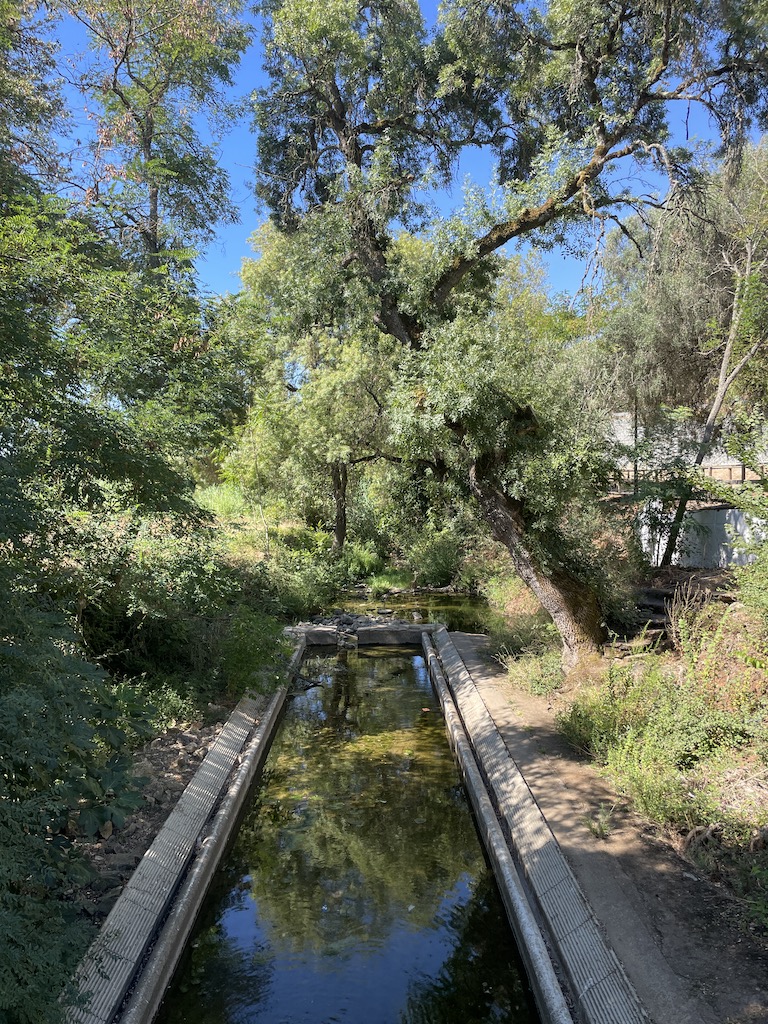
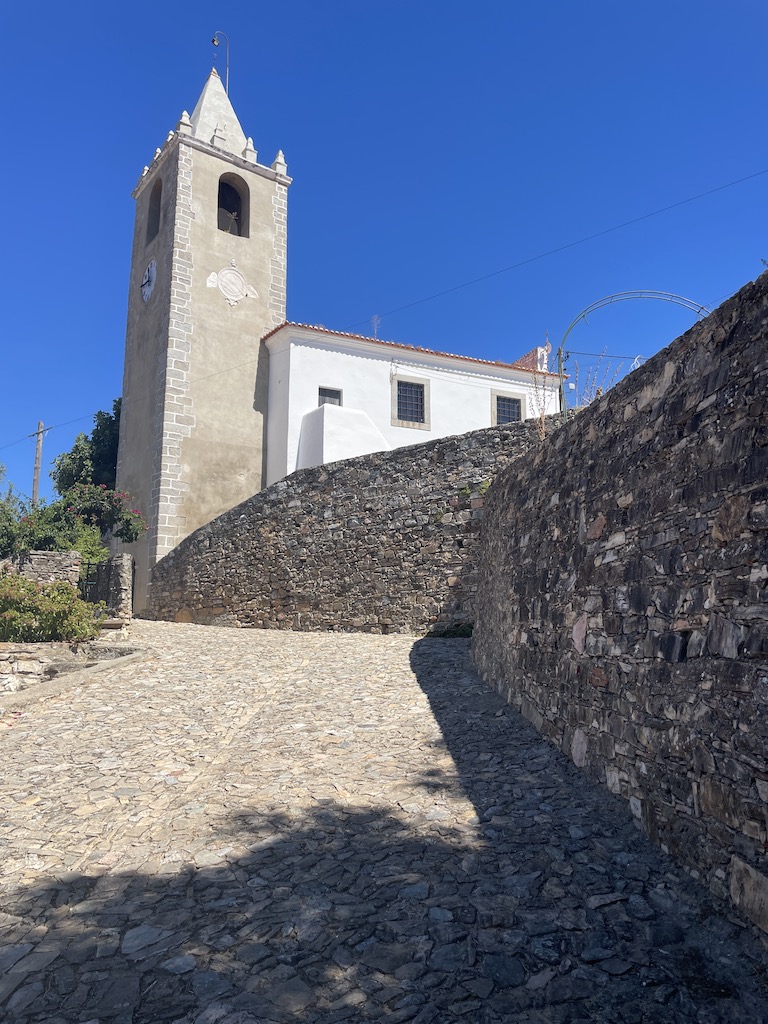
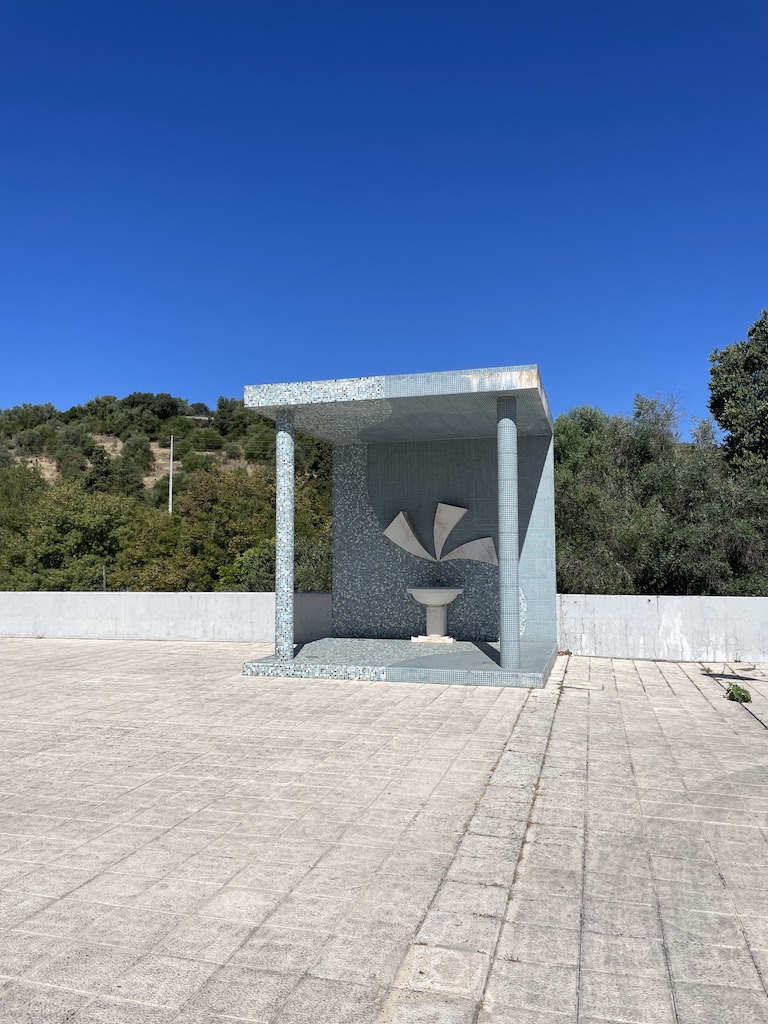
The First Shift
The first happened while I was in the peak of my career in the television industry. My life was, apparently, perfect. I had a glamorous and well-paid job, a favorable social standing, and a bright future ahead. I went to Cabeço de Vide and the Sulfúrea Springs to visit my grandparents, who were there on holiday. I had no idea that a major shift was about to take place in my life, much less the echoes this change would have to this day. Within six months, everything changed. My internal structure was shaken by the early loss of a close family member, which led me to question my entire existence and begin a deep search for the meaning of life. Ironically, a few years later, NASA visited the place, also in search of answers to the same question. The difference was that the answers the scientists were looking for were biological, while mine were more philosophical.
The Second Metamorphosis
A few years later, after NASA had realized that, despite its scientific richness, Cabeço de Vide was probably not the place where life on Earth began, I returned to the village to spend a few days with my grandfather, now without my grandmother’s company. Once again, within six months, my life underwent a major transformation. I still hadn’t found the answer to the meaning of life, but I was sure I was wasting it in the illusion of a stable career and apparent success. To save myself, I had to detach from materialism, let go of the addiction to work, and rethink my lifestyle. That same year, I quit my job and embarked on a deep transformation process, determined to build a life where I didn’t have to sell my time for money just to pay bills.
A New Return
My third visit was as a patient, about ten years later. This time, without my grandfather, who had since joined my grandmother in the unknown dimension of existence. I went, driven by unbearable back pain, at a time when I was living in Alter do Chão and believed I had everything to be happy, but wasn’t. I was sinking into a spiral of self-deprecation, fed by fragile self-esteem and worsened by a psychologically abusive relationship. I was in urgent need of healing, though I wasn’t aware of it. I religiously went every day to immerse my body in those sulfurous waters, whose therapeutic properties have been used for more than 3,500 years, dating back to Roman times.
I relaxed, improved, and heard, through the voice of an elder, one of the oldest legends of the village. According to him, in ancient times, the original settlement was not where it is today but in a lower part of the hill. This settlement was the site of a violent battle, and the number of dead was so large that it was impossible to bury them. The decomposing bodies became the source of diseases, and a plague spread among the survivors, many of whom were severely wounded from the battle. The hope for salvation was almost non-existent, so in desperation, they began climbing the hill, seeking fresh air. Miraculously, those who reached the top and inhaled the fresh air recovered. The news spread, and the entire population climbed the hill, settling there in search of more vitality. They began to call the place Cabeço da Vida (Hill of Life), explaining the origin of the name of this land.
Some centuries later, after yet another visit, in just two months, my life transformed once again. I regained the vitality and clarity to free myself from the situation I was in, returning to the path of a slow-paced life with purpose. Shortly after, I moved to the United Kingdom, where I experienced one of the most rewarding periods of my life: working as a biographer for people diagnosed with Alzheimer’s, helping to preserve their memories before they were lost forever in minds weakened by the disease.
Today, Back to Cabeço
Today, I return to this enchanted land, perhaps in search of a new miracle. This time, unlike ten years ago, I have a clear sense of where I am. I know I have much to be happy about, having gathered a wealth of experiences in my quest for simplicity and the essence of life, but I’m struggling to find focus again. A lot has changed here. It’s known that life on Earth didn’t start in Cabeço de Vide, but its waters still have rare and special properties. Those “15 minutes of fame” have sown seeds that have flourished into walking paths among the cool of the trees, the recovery of natural and monumental heritage, and a river beach that helps endure the scorching Alentejo summer days. There’s also the restoration of a castle, with a breathtaking view of the Alentejo plains, which for many years served to defend the land from invasions during the various conquests and reconquests from the Moors, a cycle that began in 1160 by King Afonso Henriques.
I leave with renewed hope that my miracle is happening too. I carry within me the castle of experience and the rare properties of wisdom, granting me the ability to readjust my lens of focus. I realize that I, too, don’t have a clear and objective answer to the meaning of life, but I have what I need to keep carving out my path, breaking with crystallized beliefs and living a life outside the norm, with slowness, simplicity, and purpose.


